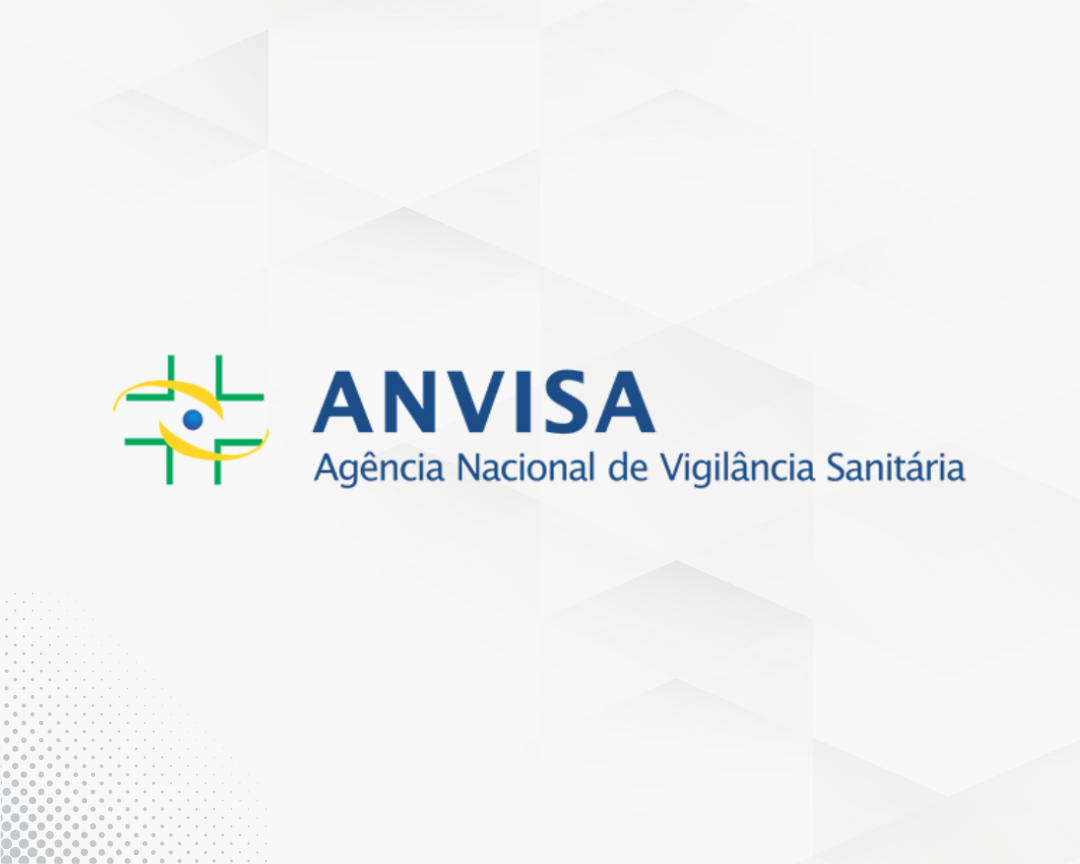Revised guidance released by the European Medicines Agency (EMA) on 7th July sparked excitement within the scientific community. By unveiling a new system to classify nitrosamines, EMA demonstrates that regulators are supporting industry in solving the complex problem of nitrosamine impurity assessment.
The new approach will benefit industry, regulators and ultimately patients. What exactly are the changes and how will this affect your nitrosamine assessment?
The main update
It is almost always the case that nitrosamine drug substance-related impurities (NDSRIs) do not have associated carcinogenicity data, as a result, assigning an acceptable intake (AI) for these compounds is complex.
The updated guidance outlines two scenarios for the AI assessment of new nitrosamines:
- For nitrosamines with enough specific animal carcinogenicity data, a substance specific limit can be calculated (in line with ICH M7 guidelines).
- For nitrosamines with insufficient data, a new carcinogenic potency categorisation approach (CPCA) can establish the acceptable intake (AI), unless other robust data can override this.
Using structure-activity relationships (SARs) to define potency levels
By collaborating with industry and aligning with regulatory requirements, at Lhasa, we have developed novel strategies for assessing AIs of nitrosamines arising in active pharmaceutical ingredients (APIs). The methods outlined in our recently published scientific papers, propose evaluation of the structural features, which affect the carcinogenic potential of nitrosamines:
- What Makes a Potent Nitrosamine? Statistical Validation of Expert-Derived Structure-Activity Relationships,
- Strategies for Assessing Acceptable Intakes for Novel N-Nitrosamines Derived From Active Pharmaceutical Ingredients,
- Developing structure-activity relationships for N-nitrosamine activity
These publications form the basis of the carcinogenic potency categorisation approach (CPCA) – outlined in Annex 2 of the updated guidance – which can be used to decide the AI, if no specific animal carcinogenicity data is available.
Lhasa perspective
One of the authors of these publications, Lhasa Principal Scientist, David Ponting, describes the update as; “Probably the biggest change in the evolving nitrosamine landscape since the initial introduction of regulatory guidance documents in 2020. By supplying a standardised framework, based on structure-activity relationships (SARs), AIs can be quickly assigned for many nitrosamines, which do not have compound-specific carcinogenicity data or a close structural analogue.”
Here are David’s top takeaways from the updated guidance:
- For the first time, we can assign an AI for nitrosamine impurities, that do not have close structural analogues (without defaulting to 18 ng/day, the class specific limit).
- The updated guidance now allows for potency categorisation using CPCA, guided by an easy-to-follow flowchart.
- EMA will accept a negative enhanced Ames test (EAT) as an argument for increasing AI levels. Previously no statement about acceptability of Ames testing had been made.
- A read-across approach can be applied if a related nitrosamine with good enough carcinogenicity data is available, to override the AI calculated from the CPCA flowchart.
- An expanded and updated list of AIs for nitrosamines, assigned by the Non-clinical Working Party (NcWP), is included in the guidance.
The real impact of these changes is realised when classifying well-known drug products under the new guidance, such as those commonly prescribed for high blood pressure (e.g. propranolol and ramipril). “NDSRIs in these drug classes are now generally controllable to 1,500 ng/day, which is in line with our expectations of their potency. Previously, without close structural analogues, the acceptance of this limit was uncertain” David explains.
At Lhasa, we focus on being aligned with industry and regulatory requirements. Our priority in relation to nitrosamine impurity risk assessments is to implement support in meeting this guideline within our software solutions.
If you would like more information in relation to the nitrosamine risk assessment guidance and how we can help, please get in touch.
Read more about our ongoing collaboration with EMA.
Last Updated on December 17, 2024 by lhasalimited



